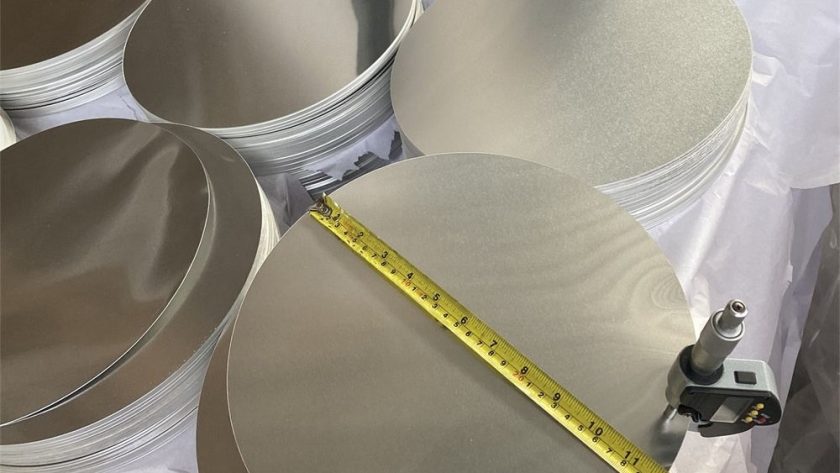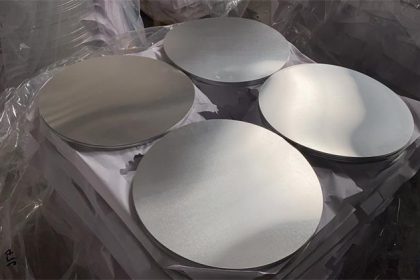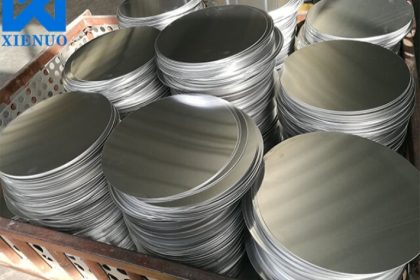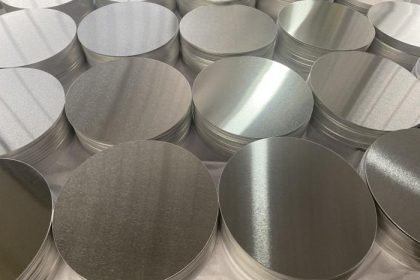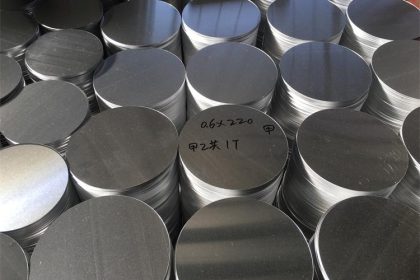Aluminum discs are widely used as bases in cookware due to their exceptional properties that make them an ideal choice for cooking applications. Let’s explore the features that contribute to their popularity in cookware:
- Heat Conduction: One of the most significant advantages of using aluminum discs in cookware is their excellent heat conduction properties. Aluminum is a highly efficient conductor of heat, distributing it evenly across the base of the cookware. This ensures that the entire cooking surface receives a consistent and uniform heat, preventing hot spots and promoting even cooking of food.
- Lightweight: Aluminum is a lightweight metal, making cookware with aluminum discs much lighter than their counterparts made from other materials such as cast iron or stainless steel. This lightness makes the cookware easier to handle and maneuver, reducing the strain on the wrists and arms while cooking.
- Non-Reactive Properties: Aluminum is naturally non-reactive, which means it does not react with acidic or alkaline foods during the cooking process. This property is especially important when cooking dishes that contain ingredients like tomatoes, citrus fruits, or vinegar, as it prevents metallic flavors from being transferred to the food.
- Energy Efficiency: Due to its superior heat conductivity, cookware with aluminum discs heats up quickly, reducing the time required for cooking. This energy efficiency not only saves cooking time but also conserves energy and lowers utility costs in the long run.
- Versatility: Aluminum discs can be combined with other materials, such as stainless steel or non-stick coatings, to create versatile cookware. For example, stainless steel cookware with an aluminum disc base offers the benefits of both metals: stainless steel’s durability and aluminum’s excellent heat conduction.
- Affordability: Aluminum is relatively more affordable than some other metals used in cookware, making it a cost-effective option for both manufacturers and consumers.
- Ease of Cleaning: The smooth and non-porous surface of aluminum discs makes them easy to clean and maintain. While raw aluminum may react with certain acidic foods, most aluminum cookware sold today features a non-reactive surface treatment, such as anodization or non-stick coating, which further enhances its cleaning convenience.
- Compatibility with Induction Cooktops: Some aluminum discs are designed with a magnetic layer, making them compatible with induction cooktops. Induction cooking relies on magnetic fields to heat the cookware directly, and the addition of a magnetic layer ensures efficient heat transfer in aluminum-based cookware.
It’s important to note that pure aluminum can be relatively soft and prone to warping at high temperatures. To overcome this limitation, many cookware manufacturers use aluminum in combination with other materials, such as stainless steel or copper, to create high-quality and durable cookware with improved heat conduction.
In conclusion, aluminum discs are a popular choice for cookware bases due to their excellent heat conduction, lightweight nature, non-reactive properties, energy efficiency, and ease of maintenance. The versatility and cost-effectiveness of aluminum-based cookware make it a staple in kitchens around the world, catering to various cooking needs and preferences.
